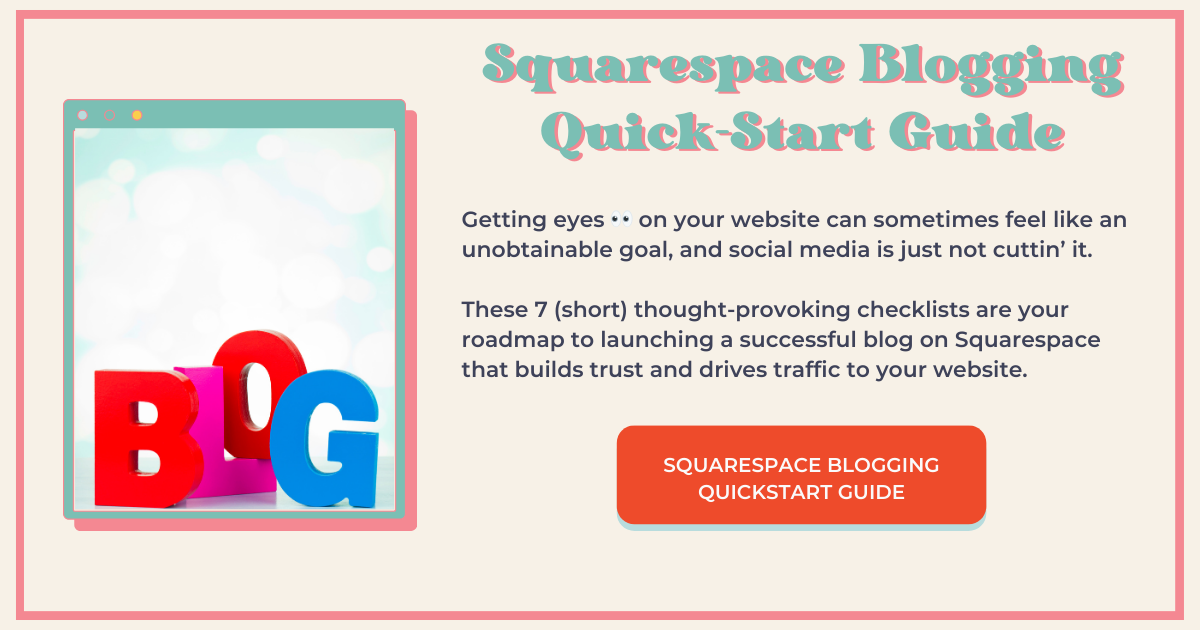What is the Google Sandbox and How Do I Get Out of It
If you’ve launched a new website or recently overhauled your existing one, you’re probably freaking out because it’s not showing up in Google searches.
Here you were, all primed to watch your rankings soar because of your new and improved website that’s been thoughtfully crafted to attract and engage your target audience, only to experience crickets.
This frustrating (but temporary) experience is due to a phenomenon called the Google Sandbox.
Lemme ‘splain.
What Is the Google Sandbox?
The Google Sandbox is an unofficial term that SEO experts have coined to describe the phenomenon where new websites don't immediately rank well on Google, even when they’re optimized to the nines.
Essentially, it’s as if Google temporarily holds back new sites from appearing prominently in search results, almost like a probationary period.
The idea behind the Sandbox is that Google wants to ensure new sites are legit and not spammy before letting them loose on the first page of search results.
During this time, your site might rank lower than expected, even for keywords that aren’t particularly competitive.
How Do You Know if You’re in the Google Sandbox?
Aside from the obvious, it’s not like Google sends you a notification saying, “Hey, we’ve put you in the Sandbox!” Instead, you might notice that:
Your site isn’t ranking for low-competition keywords that you’ve optimized for.
You’re getting minimal organic traffic despite having quality content.
Your site’s rankings are stagnant or fluctuating without any clear pattern.
These are classic signs that your site might be caught in the Sandbox.
Why Does Google Sandbox New Sites?
Now, why would Google want to keep your shiny new site from ranking right away?
Here’s the deal: Google’s primary goal is to deliver the most relevant and trustworthy results to its users. When a new site pops up, Google’s algorithms need time to evaluate its credibility, quality, and relevance. The Sandbox period gives Google that breathing room to assess whether your site deserves to rank well or not.
This process helps Google prevent low-quality sites from quickly gaming the system and cluttering search results.
So, while it’s frustrating to feel like you’re in SEO limbo, the Sandbox is ultimately there to protect the integrity of search results.
How Long Does the Google Sandbox Last?
The duration of the Sandbox effect varies, and no one outside of Google knows the exact timing.
Some websites might feel the impact for a few weeks, while others could be in the Sandbox for several months.
Factors like the competitiveness of your niche, the quality of your content, and your site’s backlink profile all play a role in how long you’ll stay in the Sandbox.
How Blogging Helps You Escape the Google Sandbox
Blogging is the secret sauce to increasing website traffic from the right people AND it’s the best tool in your arsenal when it comes to escaping the Google Sandbox and starting to see those search rankings improve.
When you consistently put out high-quality, relevant blog posts, you're not just filling up your site with content—you’re actively showing Google that your website is alive, kicking, and offering real value to visitors.
Regular updates through blogging signal to Google that your site is worth paying attention to, which can help speed up the process of getting out of the Sandbox.
Every blog post you publish is another opportunity to target keywords and topics that matter in your niche. Over time, these posts help you build a robust content library, giving search engines more reasons to index your site. This, in turn, boosts your site’s relevance, gradually improving your chances of climbing out of that SEO limbo.
Blogging also plays a crucial role in building backlinks. When your content is good—really good—other sites are more likely to link back to it. These backlinks are gold when it comes to SEO, as they tell Google that your site is credible and worth ranking. The more quality backlinks you have pointing to your blog posts, the more Google sees your site as authoritative, which can help pull you out of the Sandbox faster.
Consider guest blogging as a strategy for getting those valuable backlinks as well as building a network with bloggers whose niche complements yours, and vice versa.
On top of all that, blogging drives traffic from various sources like email newsletters, communities you participate in, social media, and even word of mouth.
The more visitors your site attracts, the more data Google collects on user engagement, like how long people are sticking around and what they’re clicking on. When Google sees that users are finding your content valuable and engaging, it’s more likely to reward your site with better rankings.
In a nutshell, blogging isn’t just about filling up your website with words. It’s a strategic move that helps your site gain traction, build authority, and ultimately escape the Google Sandbox.
Is the Google Sandbox a Myth?
There’s some debate in the SEO community about whether the Google Sandbox truly exists or if it’s just a myth.
While Google has never officially confirmed the existence of the Sandbox, many SEO experts and website owners have observed its effects firsthand.
Whether it’s an official algorithm or just a byproduct of how Google evaluates new sites, the experience of being “sandboxed” is very real for many.
Final Thoughts: Blogging Your Way Out of the Google Sandbox
If you don’t want to play in the Google Sandbox (I mean, who does?), blogging is the smartest strategy you can use to break free.
Consistent, high-quality blog posts not only keep your site active but also show Google that your content is relevant, valuable, and worth ranking.
Every time you publish a new post, you’re giving your site another chance to attract visitors, gain backlinks, and improve user engagement—all key factors that can help you climb out of the Sandbox and start seeing the search engine results you’re aiming for.
Blogging isn’t an overnight fix, but with a steady stream of well-crafted content, you’ll build the kind of momentum that gets noticed by both your audience and Google’s algorithms. So, keep writing, keep sharing, and watch as your site gradually moves out of the Sandbox and into the search rankings where it belongs.
This page contains affiliate links
Like this post?











